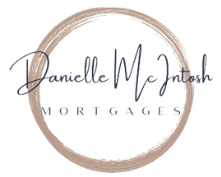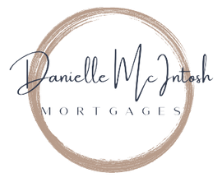Home Reno Dreams? Let’s Talk Mortgage Financing
How to Use Your Mortgage to Finance Home Renovations
Home renovations can be exciting—but they can also be expensive. Whether you're upgrading your kitchen, finishing the basement, or tackling a much-needed repair, the cost of materials and labour adds up quickly. If you don’t have all the cash on hand, don’t worry. There are smart ways to use mortgage financing to fund your renovation plans without derailing your financial stability.
Here are three mortgage-related strategies that can help:
1. Refinancing Your Mortgage
If you're already a homeowner, one of the most straightforward ways to access funds for renovations is through a mortgage refinance. This involves breaking your current mortgage and replacing it with a new one that includes the amount you need for your renovations.
Key benefits:
- You can access up to 80% of your home’s appraised value, assuming you qualify.
- It may be possible to lower your interest rate or reduce your monthly payments.
Timing tip: If your mortgage is up for renewal soon, refinancing at that time can help you avoid prepayment penalties. Even mid-term refinancing could make financial sense, depending on your existing rate and your renovation goals.
2. Home Equity Line of Credit (HELOC)
If you have significant equity in your home, a Home Equity Line of Credit (HELOC) can offer flexible funding for renovations. A HELOC is a revolving credit line secured against your home, typically at a lower interest rate than unsecured borrowing.
Why consider a HELOC?
- You only pay interest on the amount you use.
- You can access funds as needed, which is ideal for staged or ongoing renovations.
- You maintain the terms of your existing mortgage if you don’t want to refinance.
Unlike a traditional loan, a HELOC allows you to borrow, repay, and borrow again—similar to how a credit card works, but with much lower rates.
3. Purchase Plus Improvements Mortgage
If you're in the market for a new home and find a property that needs some work, a "Purchase Plus Improvements" mortgage could be a great option. This allows you to include renovation costs in your initial mortgage.
How it works:
- The renovation funds are advanced based on a quote and are held in trust until the work is complete.
- The renovations must add value to the property and meet lender requirements.
This type of mortgage lets you start with a home that might be more affordable upfront and customize it to your taste—all while building equity from day one.
Final Thoughts
Your home is likely your biggest investment, and upgrading it wisely can enhance both your comfort and its value. Mortgage financing can be a powerful tool to fund renovations without tapping into high-interest debt.
The right solution depends on your unique financial situation, goals, and timing. Let’s chat about your options, run the numbers, and create a plan that works for you.
📞 Ready to renovate? Connect anytime to get started!





